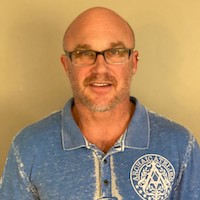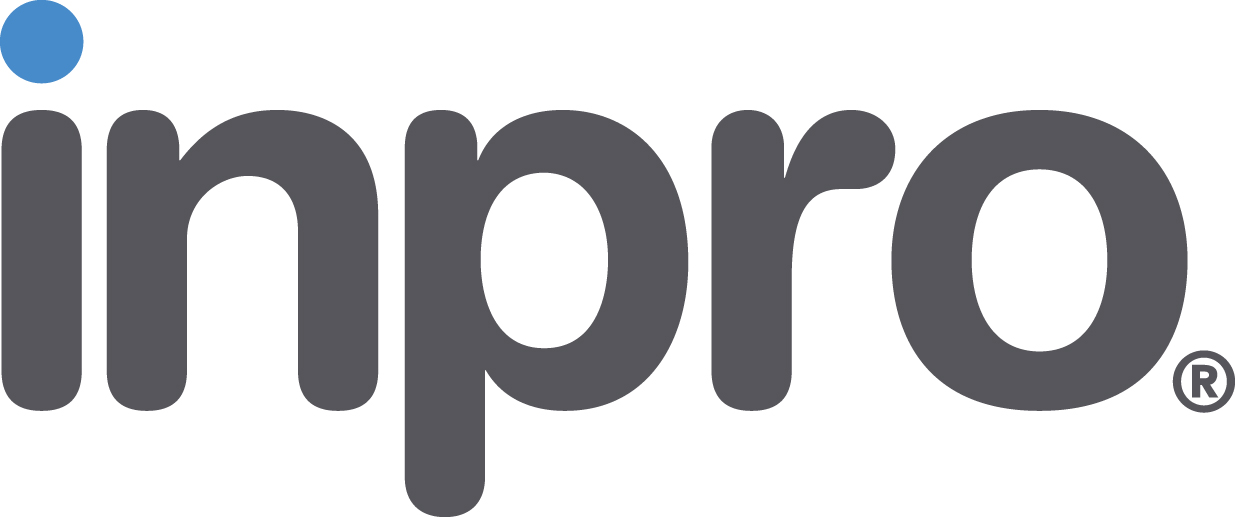Expansion and Environmental Control Within the Exterior Envelope
Learning Objectives:
- Identify the role that building construction joints play in a well-designed building and the code and life safety issues associated with making those joints fire resistive, waterproof, and functional.
- Recognize the common types of expansion joint filler systems that are available as solutions to meet safety requirements.
- Review the practical aspects of designing and constructing expansion joints in different building situations and conditions.
- Determine ways to incorporate the principles and topics presented into architectural design and documentation as evidenced in project examples.
Credits:
This course is approved as a Structured Course
This course can be self-reported to the AANB, as per their CE Guidelines
Approved for structured learning
Approved for Core Learning
This course can be self-reported to the NLAA
Course may qualify for Learning Hours with NWTAA
Course eligible for OAA Learning Hours
This course is approved as a core course
This course can be self-reported for Learning Units to the Architectural Institute of British Columbia
Architectural expansion joints are necessary, predetermined gaps in large structures that are designed to absorb environmental movement in buildings. When done right, they tend to be integrated with their construction such that they blend in with a design and almost disappear. Hence, it is easy to overlook the fact that they can be a potential source of water and moisture infiltration and damage or a breach in fire resistive construction. Such an oversight could be problematic for the expansion joint itself, or it could cause problems for other building materials or occupants too. Either way, when using expansion joints, their ability to resist water and fire needs to be factored in along with the other requirements for the joints.
This course looks at the ways that expansion joint filler systems can be designed and specified to provide the needed performance characteristics. It also explores common types of barrier expansion joint systems and the suitability of each for different conditions related to fire and water resistance. Panelists discuss the practical design and construction aspects of working these into buildings and review examples.


|
Peter J. Arsenault, FAIA, NCARB, LEED-AP. Mr. Arsenault is a registered architect, sustainability consultant, author, and speaker based in Greensboro, North Carolina. A 1977 graduate of Syracuse University, his multi-faceted work has focused on principles of high performance buildings including energy, code compliance, safety, and sustainability. His 40 year career includes design and planning for a wide range of public and private clients on governmental, educational, health care, residential, and religious buildings. Mr. Arsenault has served at the local, state, and national level of the American Institute of Architects (AIA), the US Green Building Council (USGBC), led AIA Sustainable Design Assessment Team (SDAT) programs across the U.S. and is also a member of the Advisory Board of the AIA+2030 series. |

|
Matthew Fisher is the senior product manager for JointMaster® Expansion Joint Systems, a division of Inpro®. He has 20 years of experience in architecture, construction management, and building materials management. Trained and serving six years in practice as an architect, Matthew knows the design process and the importance of design intent. His seven years in construction management gave him a depth of expertise and understanding of the rigors and pressures of building projects on time and on budget. Matthew has been the product manager for JointMaster for the past six years, and he enjoys the ability to continue his learning by working with architects and contractors in the field. Matthew holds a Bachelor of Arts in architecture from the University of Wisconsin-Milwaukee. He is a certified LEED Accredited Professional and Construction Document Technologist. |

|
Rachel C. Palisin, PE, LEED AP BD+C, is Senior Engineer with Hoffmann Architects, Inc. An experienced professional engineer with a background in restoration and sustainable design, Palisin studied historic preservation at the post-graduate level at the University of Maryland School of Architecture, Planning & Preservation, and she holds a Master of Structural Engineering degree from Washington University in St. Louis. As a project team leader and mentor to junior staff, she applies her experience in engineering and preservation to the diagnosis and resolution of building envelope distress, as well as to the development of design details in consultation for new construction. A regular contributor to industry publications and panelist in preservation and design programs, Palisin is adept at translating complex technical concepts into straightforward language. She directs building envelope projects in Hoffmann Architects’ Arlington, Virginia office. |

|
Sid Arthur, Sid’s Sealants, LLC was established in 1997 as a joint fill and caulking contractor. We diversified services through the years to add air barriers, expansion joints, spray foams, and below grade waterproofing. With the recent acquisition of Spectrum Contracting, our service offerings now include polyurea coatings, chemical grout injection, and epoxy crack injection. Projects range in size from very small (under $1000) up to as large as $2 million. Website |













